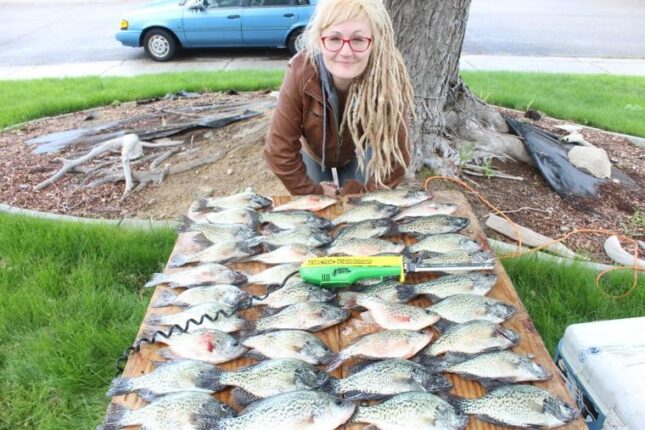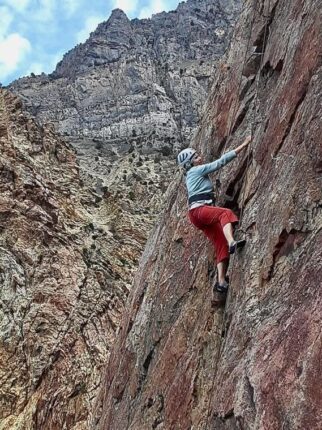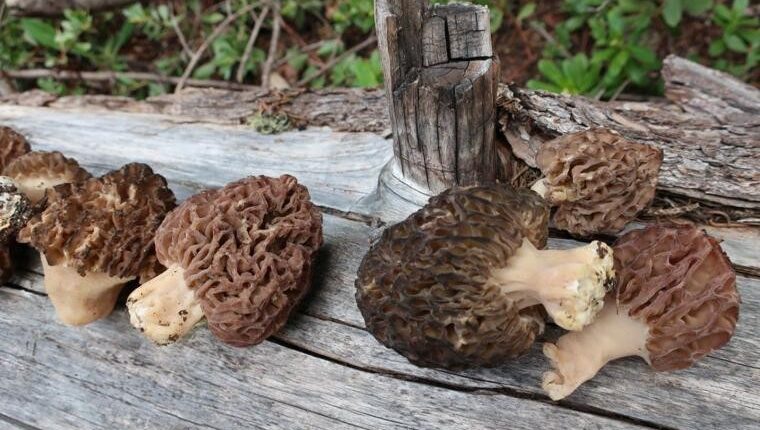I recently had a reader write in and said they’d been reading my crappie fishing articles and had been prompted to go out themselves and had caught a good mess as well. They requested that I write an article and list some of my favorite crappie recipes. So, that was what prompted the topic of today’s article.
Crappie are a light flaky white fish and provide for some awesome table fare. To begin though let’s touch briefly on preparing your fillets. As a kid, dad made us save the whole fish, he thought too much meat was wasted if you filleted a fish. (And actually, I don’t think I ever heard of filleting fish until after college while fishing with a guide).
Dad made us scrape the scales off of our fish with a spoon then cut off the head and gut them and fry them whole. Don’t go that route; fillet your fish. It’s a whole lot faster and it’s a lot easier to fry fillets than it is whole fish.
To fillet your fish is easy. If you only have a few, then buy a Smith’s Consumer Products 6-inch Boning Knife. If you’re catching a whole cooler of crappie, then also buy a Smith’s Electric fillet knife to fillet your catch and use the boning knife to remove the rib cage. Using an electric knife is the only way to go.
OK, let’s get to cooking! These recipes will work for many species of fish but are some of my favorites for crappie.
FRIED FISH
This is the most popular way to cook crappie. Most of the time, I will just roll them in corn meal and throw them into a hot skillet of oil. I like frying them in a cast iron skillet for better heat distribution properties. I like the oil to be hot but not smoking hot. I don’t like them too crispy. I like the finished product to be moist inside. While frying, I sprinkle on Tony Chachere’s seasoning. My family loves Tony’s.
Periodically, I will mix it up and use a different batter such as Panko or mix-up some pancake batter and dip the fillets in it. As with all fried food, serve hot. Usually, we eat French fries and fish. We may also whip out some fresh asparagus when in season.
CRAPPIE MEUNIÈRE
I got a variation of this recipe from a Cajun years ago while fishing in Louisiana but she cooked speckled trout like this. Lightly dust fillets in flour and throw into a hot cast iron skillet. In the skillet you want a little oil so they don’t stick. Pour in a few tablespoons of Worcestershire Sauce and a few of Balsamic Vinegar. Sprinkle on some Tony’s spices. Also throw in a few tablespoons of Capers. This is good.
WHO KNOWS THE NAME OF THIS ONE!
Early this year my brother gave me this recipe. It is easy peasy and awesome! It may be my favorite recipe now. I can’t believe how simple it is and yet how good the end product is. You can use a baking sheet but I use a brown stone cookie sheet. (I think my wife’s is a Pampered Chef Rectangle Stone or something like that).
Preheat the oven to 350. Lay the boneless fillets on the pan. Spread Mayo over the fillets. Semi heavy. Sprinkle with Tony’s. Slide into the oven. I put a cookie sheet under the stone pan for it to drip into. I started sprinkling a few capers over the fillets now. I think it sets it off well.
FISH TACOS
This is a good one, too! Fry your fish like in the first recipe. I like to heat my tortillas up before eating. We’ll put a little bit of grease in a skillet or butter and heat on both sides. We like flour tortillas. As the tortillas heat up, lay them out and put one-and-a-half fillets on them. Sprinkle on a little cheese and lettuce (we use a salad mix out of a bag).
Then squirt on some Sweet Baby Ray’s Secret Dipping Sauce. I don’t know what is in their sauce but it is perfect for fish tacos. Then fold over the tortilla and indulge! You’re going to love these fish tacos. I’ll usually fry up more than enough fillets and that way I have enough leftovers to make tacos for lunch for a couple of days.
Well, there you have it. My favorite crappie recipes. Enjoy.
Tom Claycomb lives in Idaho and has outdoors columns in newspapers in Alaska, Idaho, Utah, Nevada, Colorado and Louisiana. He also writes for various outdoors magazines and teaches outdoors seminars at stores like Cabela’s, Sportsman’s Warehouse and Bass Pro Shop. He can be reached via email at smileya7@aol.com.




